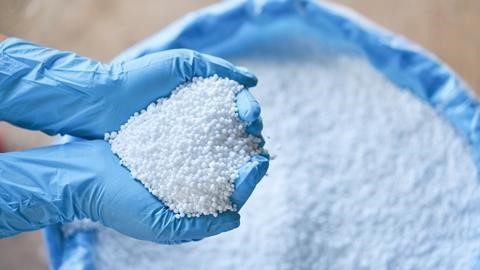



Article by: Hari Yellina (Orchard Tech)
The production of the chemical peaked at an all-time high of 6.3 million tonnes in 2021 thanks to the uninterrupted gas supplies to the urea plants last year on revised government policy. This compared with an annual average demand of around six million tonnes for the last three years. However, the wheat farmers have been facing urea shortages since sowing began and paying a hefty premium. Lately, the growers are reported to have indulged in panic buying, hoarding the fertiliser for its application in the coming weeks. That mustn’t sound surprising since the shortages — even if artificial, created by the hoarders — are real for the farmers, especially the smallholders whose life between two crops depends on the outcome of their hard work.
It was in October when the government decided to import 100,000 tonnes of urea. No one responded to the tenders. Later, it turned to China, the largest exporter of urea, to import the chemical on a government-to-government level at a discounted price of $600 per tonne to ease pressure on the market. The first shipment of 50,000 tonnes is expected to arrive next month, when, in the words of the ministers and industry, Pakistan would have a surplus of 4.4 million tonnes next month and 8.2 million tonnes in March.
The government has also asked the manufacturers to increase their daily supply in the market by 50,000 bags to 450,000 bags for managing the current demand. For the last three years, the urea demand for January, February and March has been around 487,000, 416,000 and 349,000 tonnes, respectively, which means that the inventory levels should improve (over the next couple of months) owing to surplus production and supply. Having established this, the decision to import urea should ease the supply pressure.